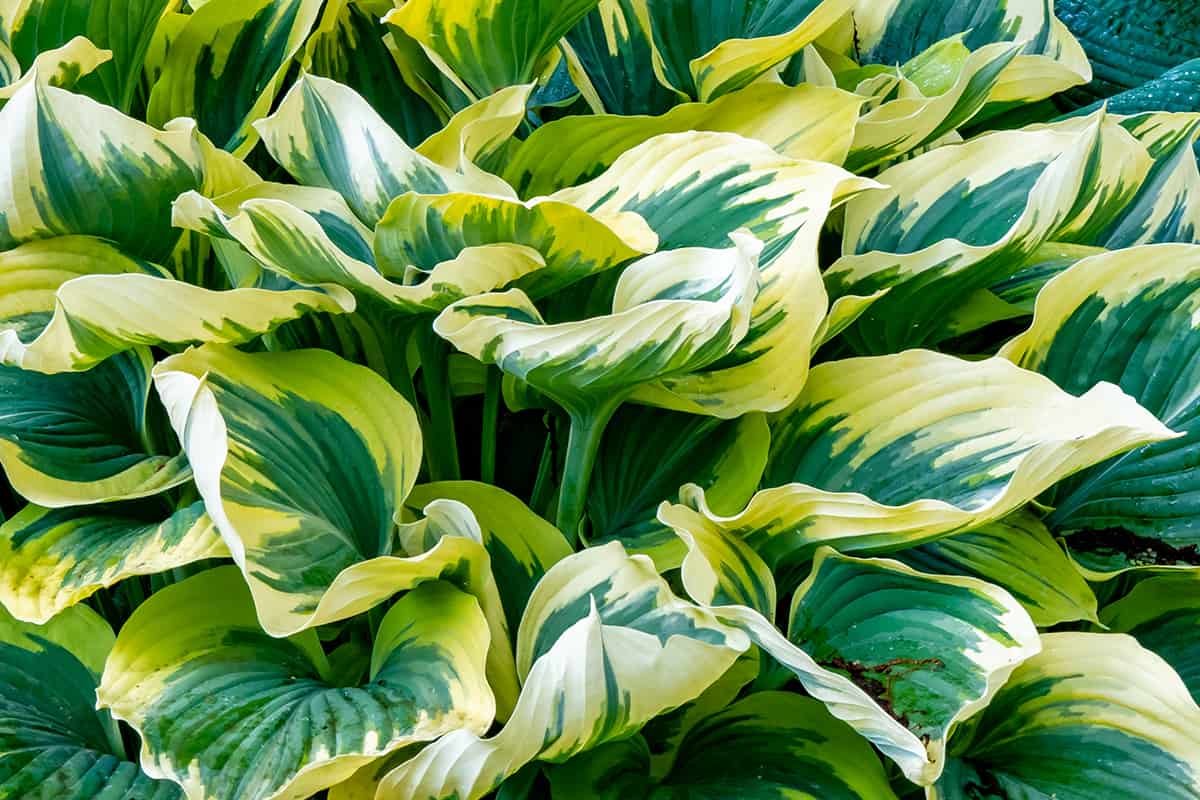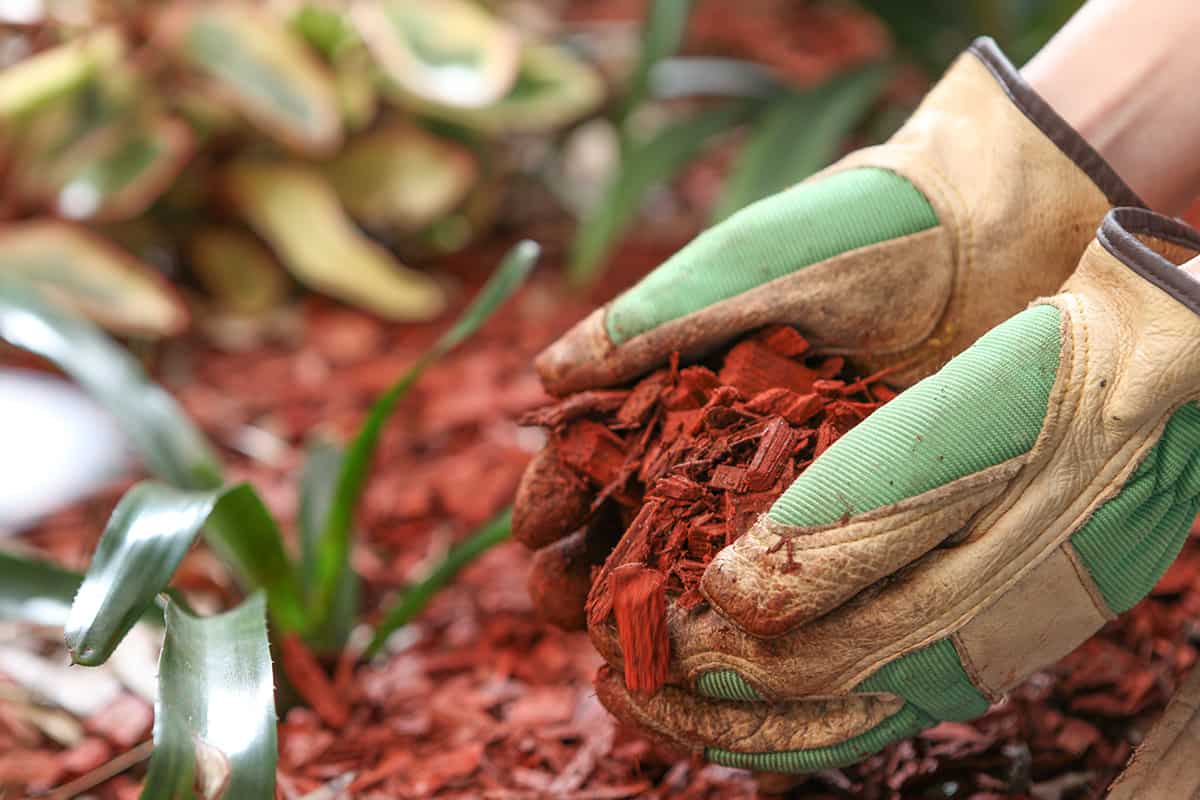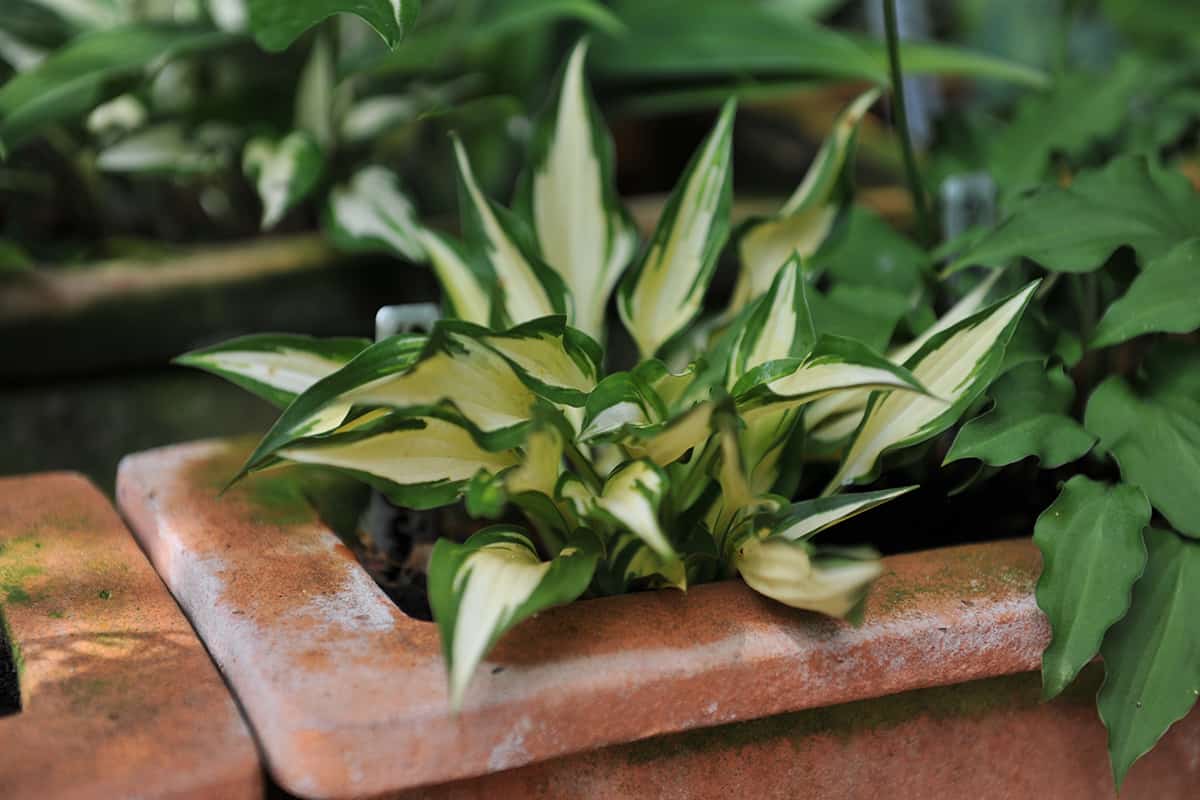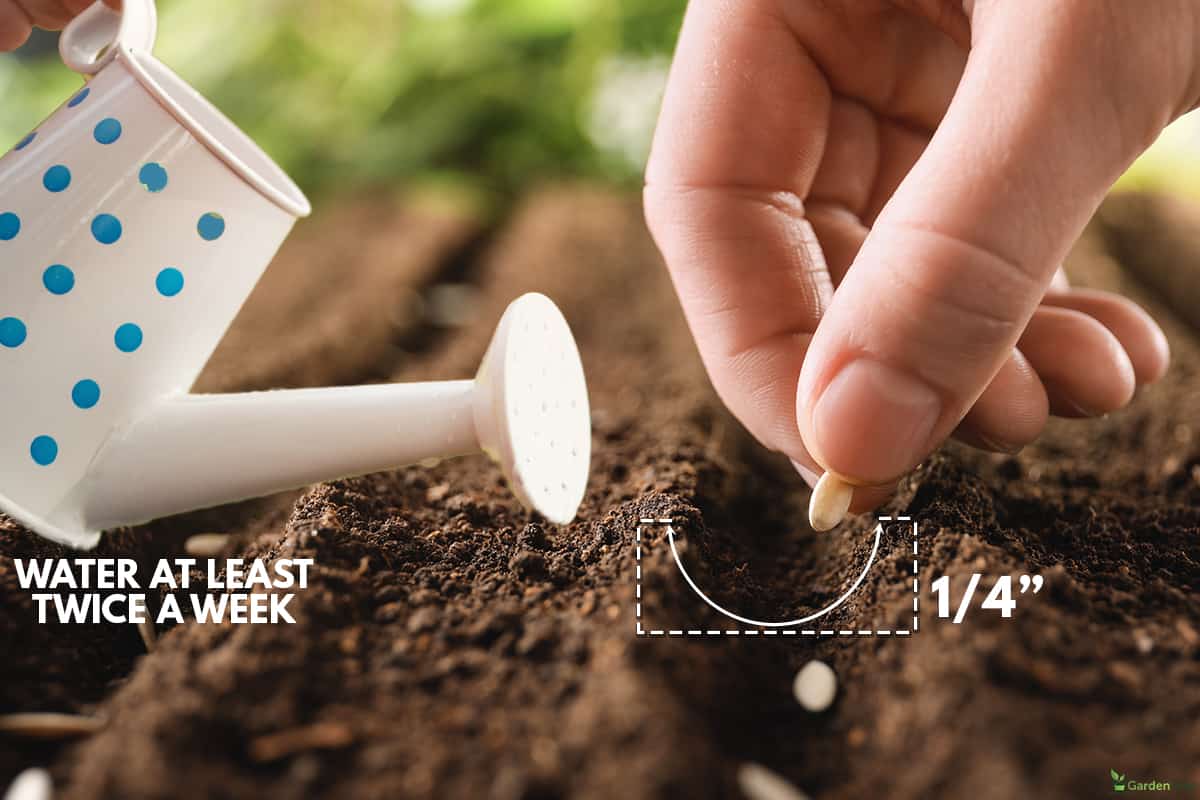This article was reviewed by Steve Snedeker, professional landscaper.
If you want to add a boost of greenery to your landscaping, hostas can rapidly transform the look of your yard. Unfortunately, keeping the growth of hostas under control can be a challenge. How do you keep hostas small? We've done research to answer this question.
To keep your hostas small, you can:
- Place mulch between your hostas
- Divide your hostas before planting them
- Remove sections of your hostas by the root
There are other steps you can take to reduce the spread of your hostas, like planting a less-invasive subspecies or planting your hostas in containers. In this post, we'll explore your options and determine how you can most effectively introduce hostas to your landscaping without ceding the whole of your yard to their greenery.
How To Keep Hostas Small
If you’re looking to add a burst of greenery to your landscaping or garden, hostas are a natural go-to. The plant's broad leaves can make a statement in your garden without becoming overbearing.

That said, you'll need to take particular care when planting hostas. Hostas may be considered invasive because they can rapidly grow beyond your desired confines. To keep your hostas small, you need to take steps to limit their growth.
Mulch Your Garden

One of the best ways to get ahead of hostas’ excessive growth is to practice concentrated mulching strategies. You can use mulch to discourage hosta overgrowth by placing it around the area where you want your hostas to grow.
The presence of the mulch can discourage hostas from spreading too far from the spot where you originally planted them. That said, don’t count on mulch to stop your hostas from invading if they have already outgrown your original boundaries.
You need to take more direct measures if you want to reduce the size of an existing hosta plant. Only after you’ve curbed a hosta’s growth to your satisfaction should you rely on mulch to discourage the hosta’s regrowth.
Divide Your Hostas Before Planting
If you're concerned about the amount of space your hostas may later take up in your yard, it’s in your best interest to separate any sprouts you have on hand prior to planting them. The smaller your initial cluster of hostas is, the less invasive that future growth is going to be.
You’ll still need to be diligent in watching your hostas’ growth. Even hostas planted in small clusters can spread substantially if left to their own devices. Fortunately, these smaller patches should be easier to maintain in the long term.
You can also take steps to separate your hostas after they’ve taken root. Using great care, you can dig into the roots of your hostas and move a clump to a new location in your yard.
This pseudo-transplanting process allows you to control how far your hostas spread without compromising their health.
Read more about hosta transplants in our article, Can Hostas Be Transplanted?
Get to the Root of the Problem
If you find yourself contending with overrun hostas, no manner of dividing sprouts nor mulch is going to help you.
You need to get to the root of the problem—literally. You need to dig down into the roots of your hostas and remove the overrun hostas that you want to either relocate or get rid of.
There are a few different ways to target hosta roots. Removing them with garden tools should work, as you have more control over which roots you remove and which you leave in place. You might also invest in root guards to prevent future overgrowth.
It is not in your best interest to use chemical root killers. While you can target root killers when killing off latent tree roots or similarly over-large growths, hostas are sensitive enough to react poorly to chemical invasion.
If you use chemical root killers to target your hostas’ roots, you risk killing the whole plant instead of a specific patch.
How to Care for Hostas

It’s one thing to keep your hostas from taking over your yard. It’s another to ensure that the hostas you preserve remain as healthy as possible. How do you care for hostas even as you work to limit their spread?
First, let’s touch on the basics. Hostas grow best between zones 3 and 9. They tend to grow in the shade, but they’re considered one of the hardier plants you can grow around your home. You should plant your hostas in well-draining soil.
Try to avoid clay if you’re able to. You can supplement clay soil with looser alternatives if the need arises.
You should plant your hostas in the early spring, immediately after the last possible frost date. While hostas are hardy, you don’t want to expose them to cold weather. If you want to start your hostas early, you could begin them in containers indoors.
You should water your hostas on a regular basis, particularly as they’re taking root or if you live in a dry area.
While your hostas don’t require too much attention—barring any efforts you take to limit their growth—they thrive when you keep the soil around them moist.
What Hosta Alternatives Can You Plant in Your Garden?
If you’re looking for a way to keep your hostas small, consider planting one of the subspecies that is less inclined to spread. Some of the smaller hosta subspecies include:
If you want to explore non-hosta offshoots that can provide a similar aesthetic boost to your landscaping, there are hosta lookalikes that you can plant throughout your yard.

For example, coral bells will bring a pop of color to your leafy array and do well in the shade. Lenten roses are also excellent hosta alternatives that come with the added bonus of blooming early in the year.
You can work with representatives at your local hardware store or nursery to determine which hosta alternatives best suit your zone and landscaping ambitions.
Can You Grow Hostas in Containers?

One of the best ways to control hostas’ growth is to grow these plants in containers. Container-grown hostas are ideal if you’re contending with restricted garden space or want to experiment with alternative forms of hosta growth control.
If you intend to grow hostas in a container, make sure that your containers are relatively large and deep. You should drill drainage holes into any containers that don’t already have them.
If you’re planting your hostas from seed, bury them a quarter of an inch beneath the soil and water them at least twice a week.

Hostas grown in containers tend to dry out faster than hostas grown in soil. With that in mind, consider establishing a watering routine to keep your hostas in good condition.
You can experiment with hosta transplants as your hostas take root while enjoying the swath of greenery that hostas are known and loved for.
Read more about growing hostas in containers in our article, How to Overwinter Hostas in Pots.
Will Pruning Your Hostas Prevent Uncontrolled Growth?

Many home gardeners want to preserve their hostas’ root systems while curbing the plants’ growth.
Unfortunately, pruning your hostas isn’t going to prevent them from taking over your yard. On the surface, pruning makes it look like you’ve reduced your hostas’ spread, but the reality is different.
You must target a hosta’s roots if you want to curb its growth. You can work with professional landscapers or work with at-home tools/chemical solutions to limit your hosta’s reach.
This isn’t to say that you shouldn’t prune your hostas. If you notice your hostas beginning to brown or fall victim to disease, you should absolutely prune away the dying leaves. Don’t rely on pruning to curb your hostas’ growth, though.
In Conclusion
If you’re not careful when planting your hostas, they can rapidly expand beyond the space you’ve designated for them. You need to take precautions if you want to keep your hostas contained.
To get ahead of a hosta’s uncontrolled growth, make sure you divide your hostas and mulch them with care.
If the need arises, you can dig sections of your hostas out by the roots to prevent them from spreading further. Make sure you dispose of these uprooted hostas carefully, or else you may accidentally foster a new patch.
For more information on how you can carefully cultivate a hosta-friendly garden, you can explore our flowers and landscaping articles.
